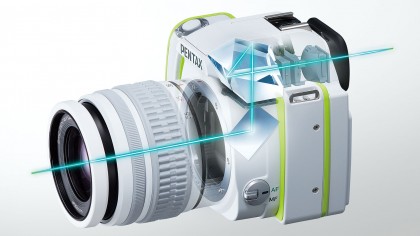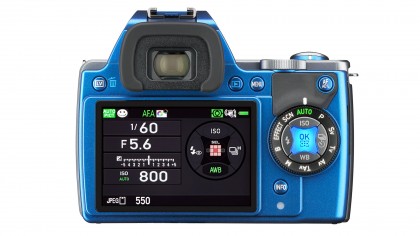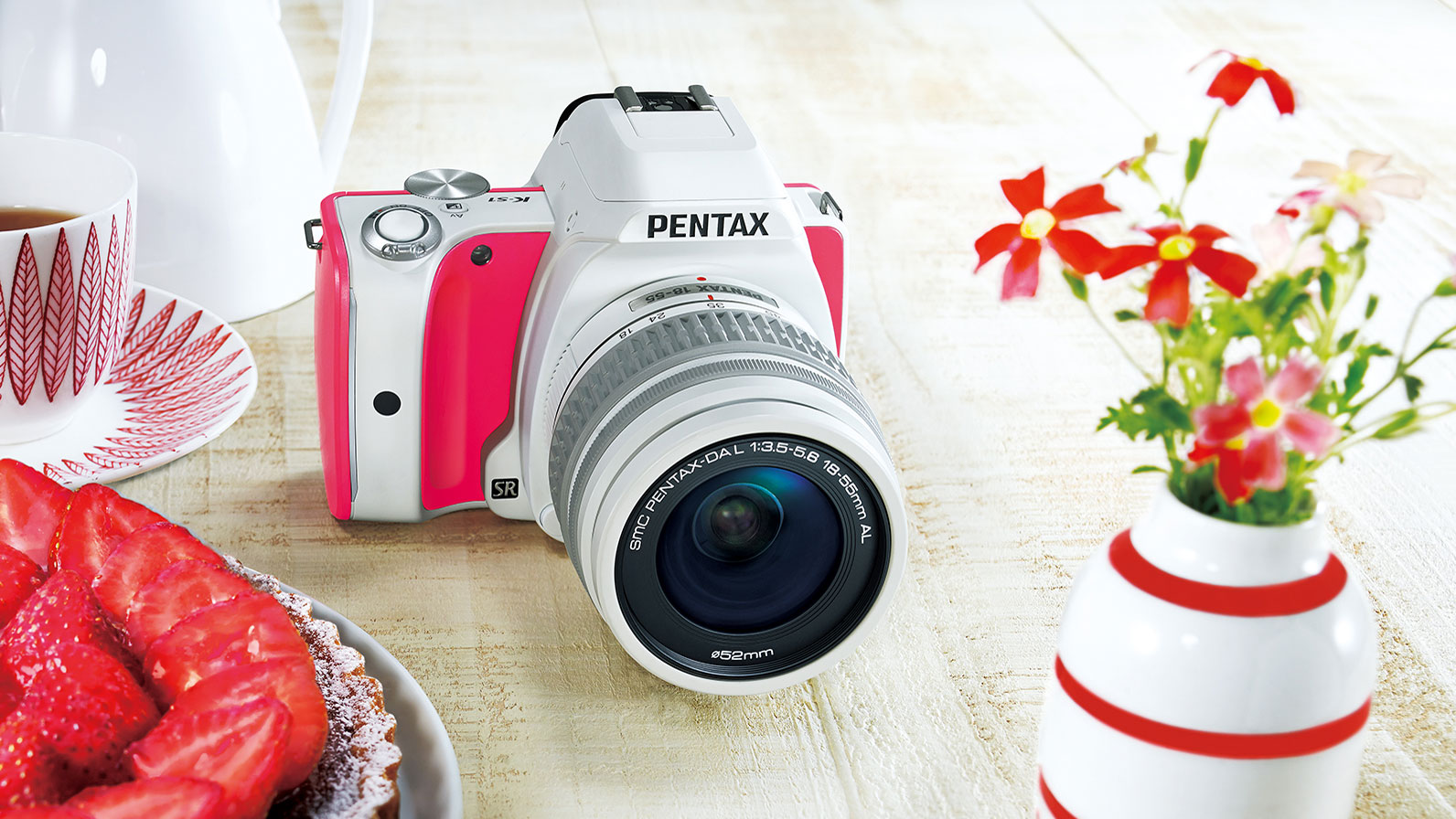Why you can trust TechRadar
Colours directly from the camera in JPEG images are bright and punchy, showing a nice level of saturation without being unrealistic. Comparing colours in the DNG (raw format) files shows a more muted palette, which gives you good scope for working with the files to get exactly the look you need.

Meanwhile, the camera's 20 million pixel sensor is capable of resolving a good amount of fine detail, probably a direct result of not having an anti-aliasing filter. If you're finding moire patterning is becoming a problem – I didn't during my testing – you can activate the anti-aliasing filter simulator to combat that. If you can, switching to a better lens than the kit optic provided is recommended for even finer details.
Other Pentax cameras we have tested have suffered a little from underexposure in some conditions, but the K-S1 performs a lot better in this area, providing well exposed images in a variety of situations. If it's a very high contrast scene, you may still need to dial in some exposure compensation, but that's not particularly unusual.
The automatic white balance system does a pretty good job in the most conditions, providing accurate colours directly from the camera. It errs ever so slightly towards yellow or orange tones under artificial lighting, but if you're finding this to be a problem you can switch to a more appropriate white balance preset.
Noise control
Images taken in low light at high sensitivity display a good level of noise control – right up to around ISO 3200 noise is barely visible at all, even when you're examining an image at 100%. Even at ISO 6400, there's barely any noise apparent, and at normal printing and web sizes (such as A4 or below) the overall impression of detail is excellent.

If you open the raw format DNG files, you'll see that there's a lot more noise when examined at 100% compared with the JPEG images, demonstrating how much smoothing goes on with the JPEGs. This gives you the option to apply your own amount of image smoothing depending on whether you want to favour noise reduction or detail reproduction.
Autofocus – when you're using something other than the kit lens – is pretty quick and generally accurate. If you're using the kit lens, you'll notice some backwards and forwards movement as the lens tries to acquire focus, but it's not too bad in bright lighting conditions. There's an autofocusing light to help with focusing in darker conditions, and although it's a little slower, it's effective enough.
Special effects
There are lot of different digital effects to experiment with when in Effects mode. Some of these are better than others, and of course it will be down to personal preference, but they can be a fun addition to your photos. The good thing is that they can be shot in raw format, so if you decide that actually you'd prefer a clean version of the image you can go back to it later down the line.
Alternatively, you can shoot with "Custom Images" for a slightly less dramatic look, such as "Natural" or "Landscape" - these are very useful if you want to change the look of your image without going over the top. You'll also find a couple of film simulation modes here too, such as Bleach Bypass, Reversal Film and Monochrome. Again, these can be shot in raw format.
Current page: Performance
Prev Page Build Quality and Handling Next Page Image quality and resolutionAmy has been writing about cameras, photography and associated tech since 2009. Amy was once part of the photography testing team for Future Publishing working across TechRadar, Digital Camera, PhotoPlus, N Photo and Photography Week. For her photography, she has won awards and has been exhibited. She often partakes in unusual projects - including one intense year where she used a different camera every single day. Amy is currently the Features Editor at Amateur Photographer magazine, and in her increasingly little spare time works across a number of high-profile publications including Wired, Stuff, Digital Camera World, Expert Reviews, and just a little off-tangent, PetsRadar.

